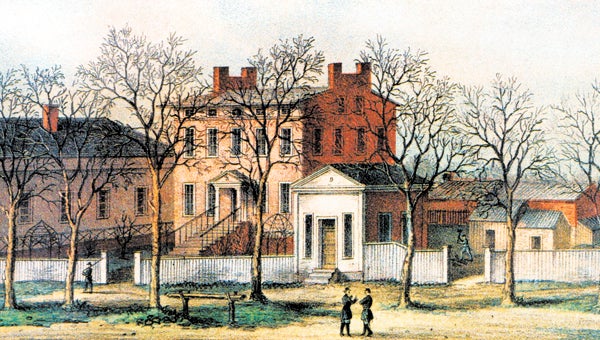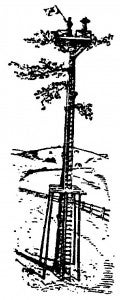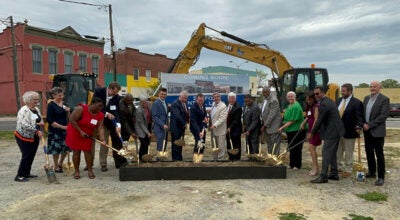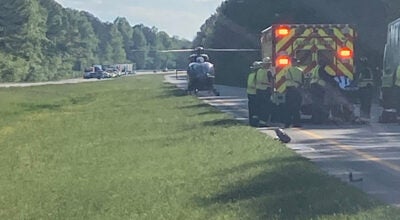The Rebels appear
Published 10:06 pm Wednesday, April 10, 2013

Riddick’s Folly, depicted here in a drawing, served as Union Gen. John J. Peck’s headquarters during the Civil War.
By Kermit Hobbs
Special to the News-Herald
To mark its 150th anniversary, from Wednesday through May 4, the Suffolk News-Herald will feature a multi-part series by Suffolk historian Kermit Hobbs detailing the 23-day Siege of Suffolk.
Saturday, April 11, 1863
Union Gen. John J. Peck anticipated an attack by Confederate Gen. James Longstreet’s Corps at any time, and the waiting must have been nerve-wracking. Peck had signal stations in several locations around Suffolk, and some distance farther out he had posted cavalry pickets to bring news of the oncoming Confederates the moment they were spotted.
Finally, at 3:30 p.m., Peck got the news he had dreaded.
Lt. Amos Thayer was posted at a signal station at the intersection of South Quay Road and Carrsville Road (which today is at the west end of the Amadas Industries plant on Holland Road). A “contraband,” a former slave, ran up to Lt. Thayer and reported that the Rebels were coming and not far away.

This is a drawing of one of the signal stations that was used to relay news of the advance of Confederate troops.
Thayer signaled back to headquarters, “Pickets driven in, reinforcements needed.” As he signaled, he saw Union “cavalry soldiers coming in at a furious rate, riding barebacked.”
News of the advancing enemy spread through Suffolk in a matter of minutes as the Union army prepared to meet the attack.
A civilian eyewitness wrote about the approach of the Confederates upon Suffolk:
“Their appearance created the greatest commotion among the Federals, the whole army commenced to pour into our town from the surrounding country…. The Confederates began to move toward the town and force the Yankees to draw in their pickets, as they were forced near town they fired every house as they passed along. Many families were allowed only five or ten minutes to leave their houses. Those living several miles from here went into the Confederate lines, while those who lived nearer came to Suffolk to stay with friends. In a few short hours all that was left of many a happy home was a smoldering heap of ashes. Many of these unfortunate people left their homes with only what clothing they wore and some spent the night without a house to shelter them. In Suffolk the greatest excitement prevailed. Couriers were straining their horses up and down the streets. The noise became deafening, all the batteries around Suffolk were engaged in shelling the woods in every direction, the booming of cannon, the noise of bursting shells and the sound of musketry combined made one continuous roar; the smoke from cannon and burning houses hung like thick clouds over our town which seemed doomed to destruction. Heavy skirmishing was now going on and ambulances containing the wounded, whose groans were heartrending, passed along our streets to the Main Street Methodist Church and the residence of Mrs. A.S. Darden nearly opposite, which had been converted into temporary hospitals. Amid all this excitement and commotion couriers riding along the streets rattled at the windows of the houses and told the frightened inmates to hold themselves in readiness, for if the “rebels” came any nearer town they intended to burn it and evacuate.”
Fortunately, the town was not burned, even though the Confederates advanced to within artillery range, about a mile, on all the roads leading into the town from the north, west and south.
The Federals in Suffolk fully expected an all-out attack soon.
Tomorrow: Part 3: The Siege of Suffolk






